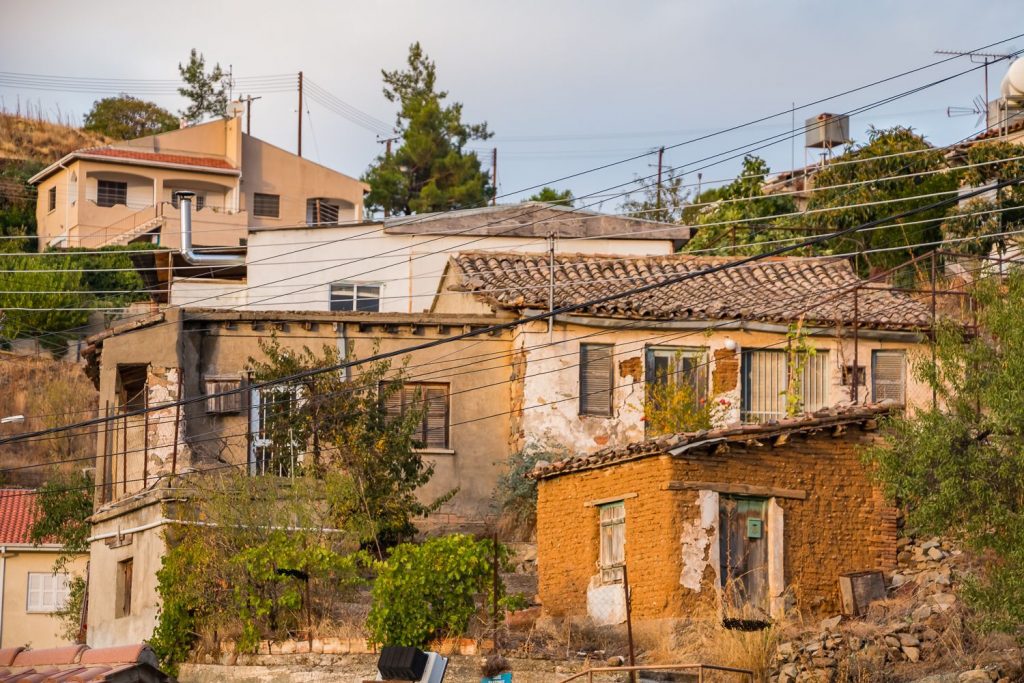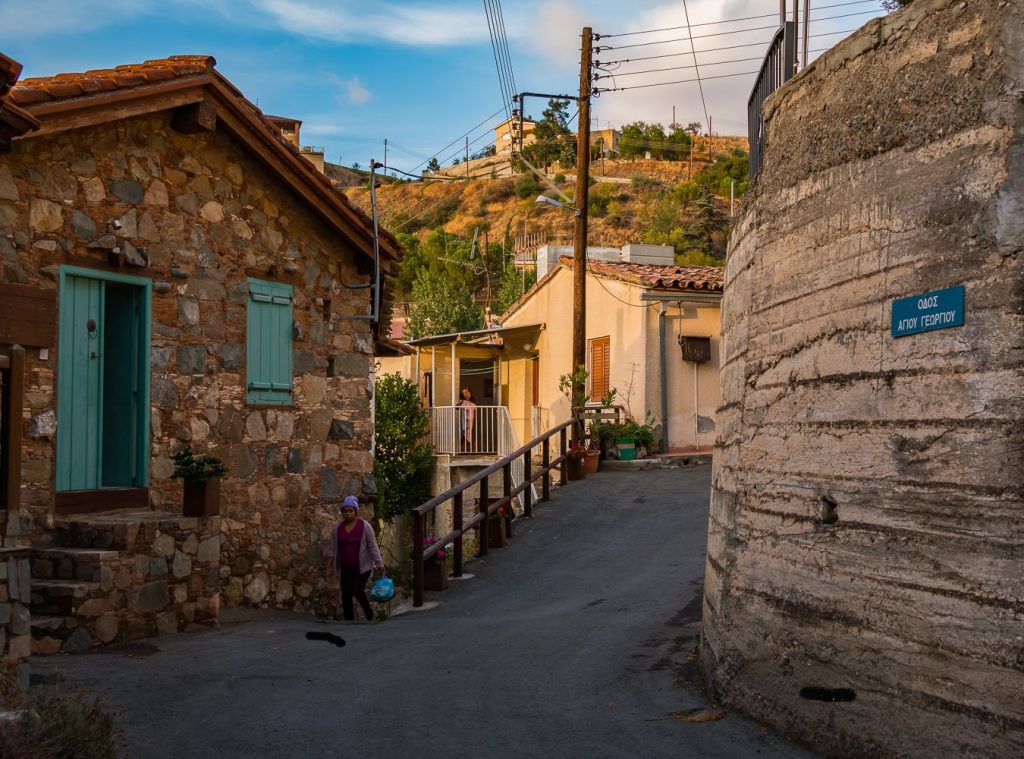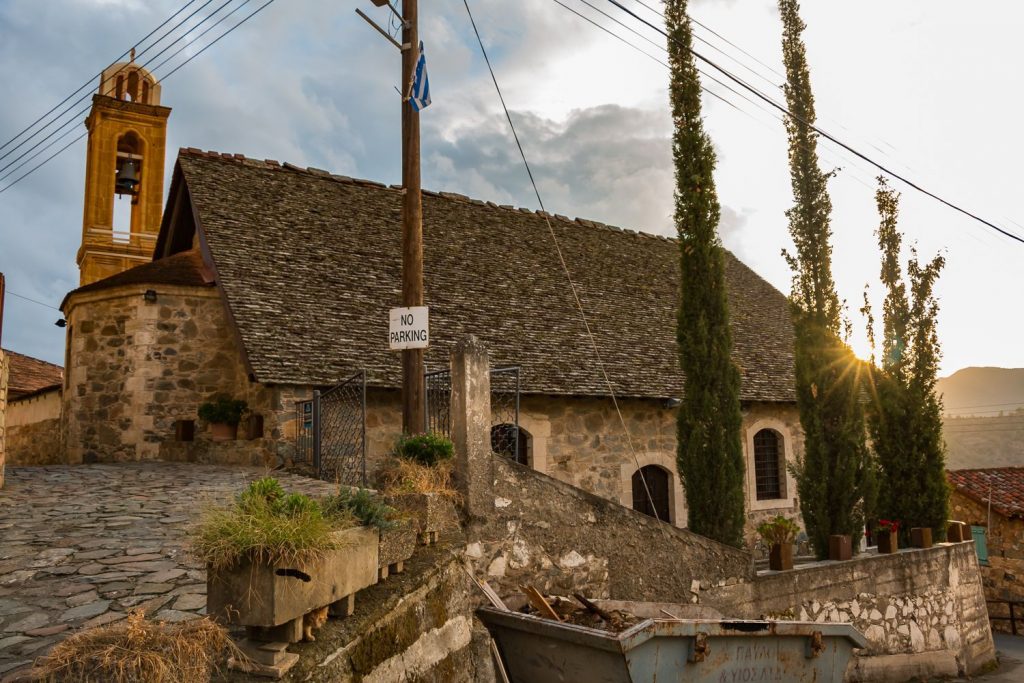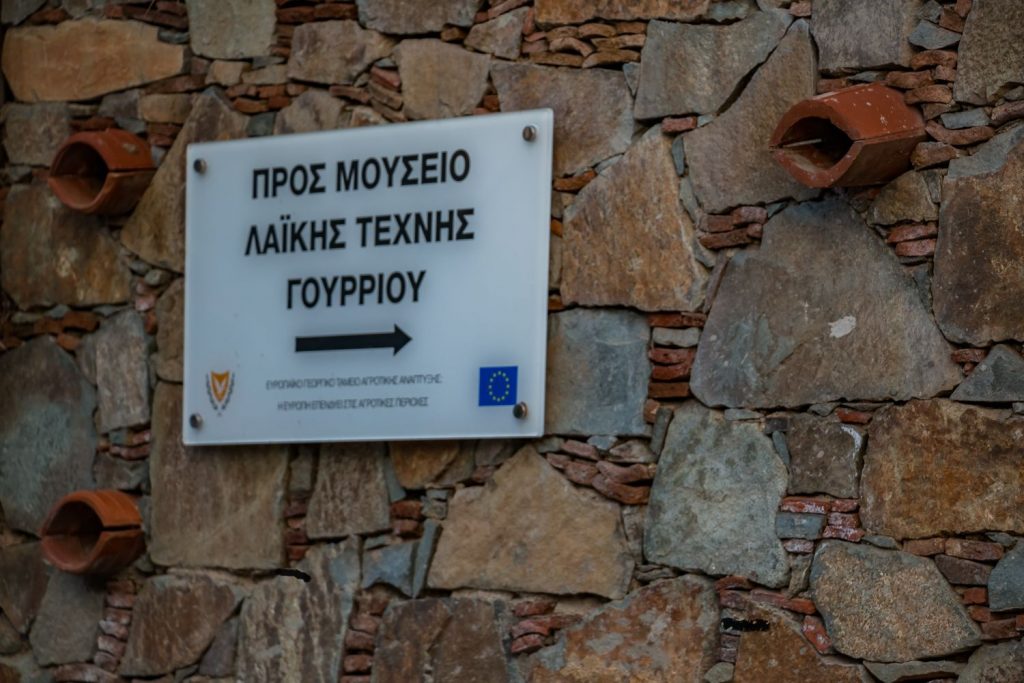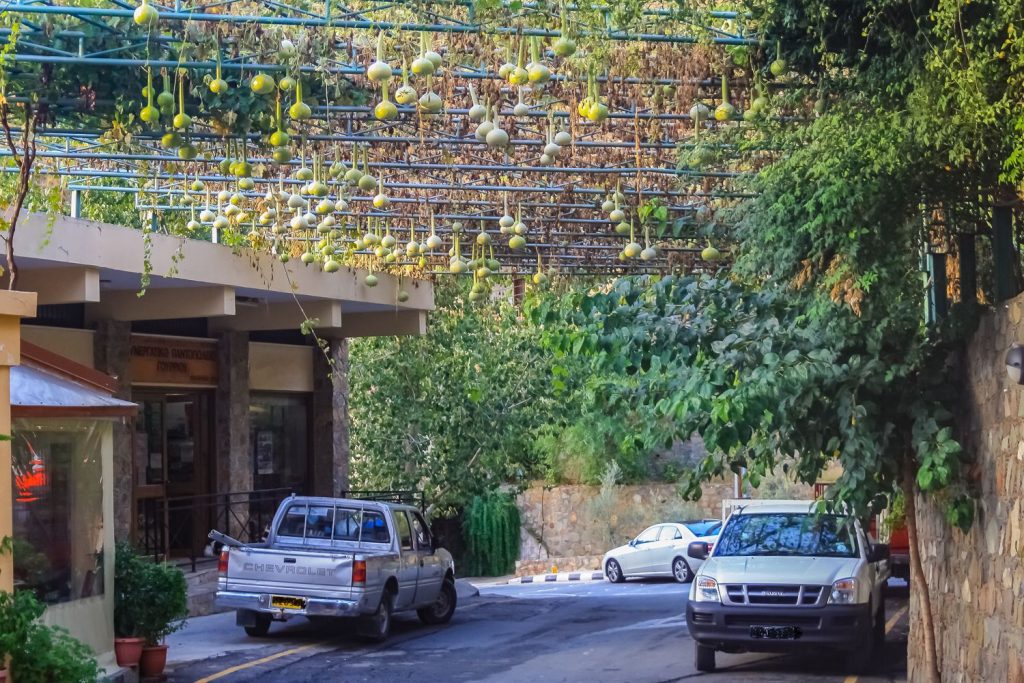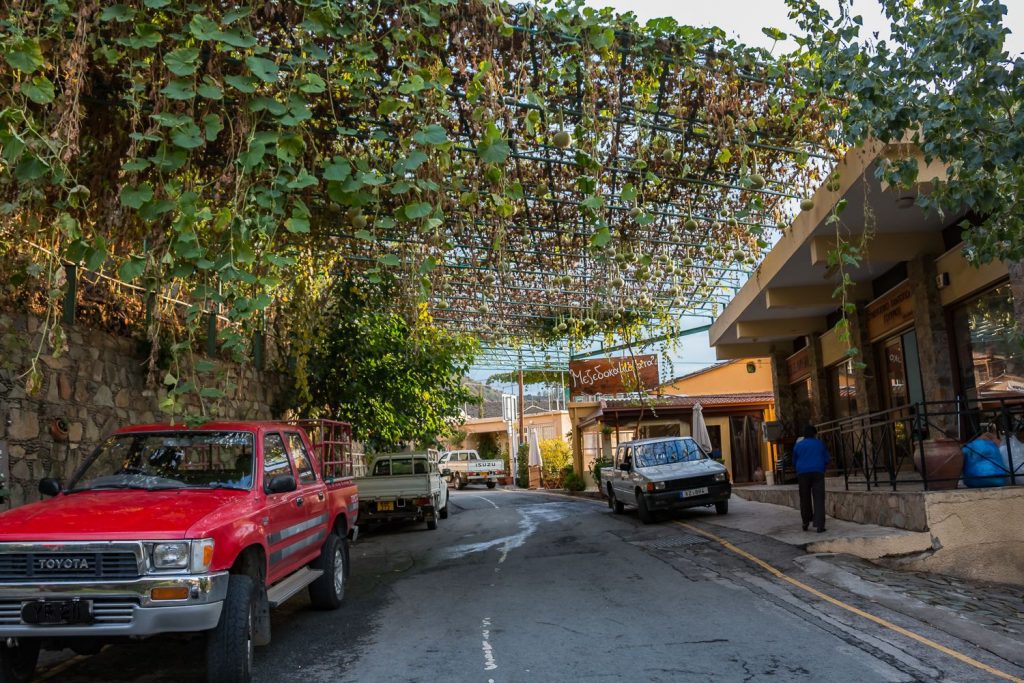Gourri
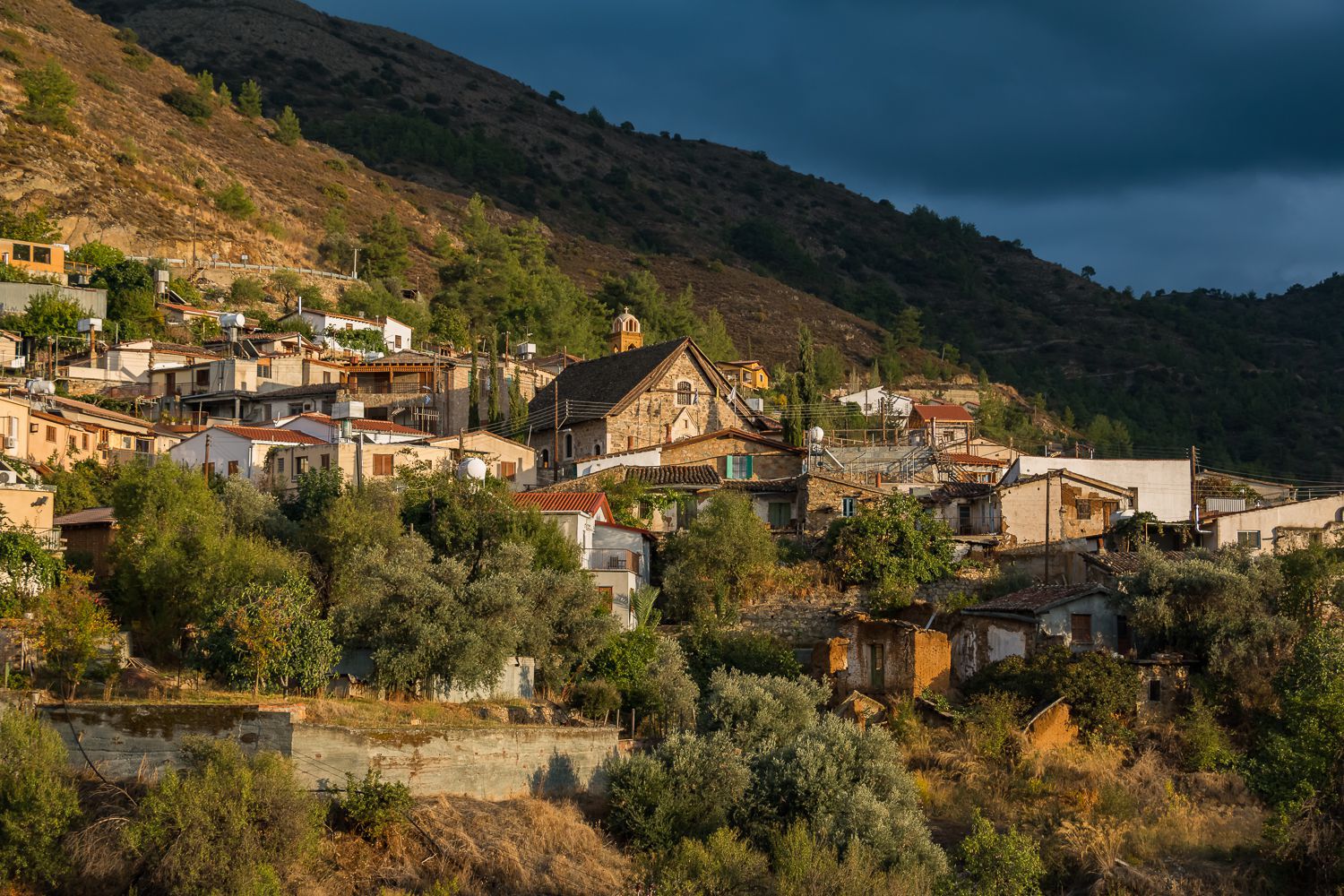
Gourri is a village in the Nicosia district of Cyprus, situated 42 km southwest of the homonymous city, 54 km northeast of Limassol, 77 km northwest of Larnaca and 120 km northeast of Paphos.
Located at 730 meters above sea level, among steep mountain slopes, at the foot of the mountain of Machaira Forest, Gourri of the approximately 300 inhabitants is the third largest in size of the villages of Cyprus and one of the most beautiful settlements in the province. The mountainous village with the beekeeping activity, enjoys magnificent views and is well known for its picturesque architecture. Hence its tourist development, since it has a lot of agrotouristic accommodation among its steep slopes, rooms for rent and stone-built guest houses with traditional decorations, restaurants and taverns with traditional mezedes, cafes and cafeterias with homemade donuts and sweet preserves from red mushrooms or walnuts, making it an ideal getaway for the locals and an attractive destination for foreign visitors. Keeping the tradition alive and without disturbing the residential image of the past, the inhabitants try to renovate their beautiful houses with wooden orchard doors, some of which date back to the 18th and 19th centuries. Gourri is one of the villages where the visitor needs to leave his car and walk around in order to visit its beautiful corners, while from there he can buy local traditional handmade sweets and homemade jams and
preserves. A characteristic sight of the village at its entrance are the hanging pumpkins, like vines, growing along the main road.
Regarding the origins of the village’s name, there are several versions, the first being about feudal lord Jacob de Gourri, who lived here during the Frankish rule, the second saying that its name was given to it by Mas Latry from a Syrian family who owned the area in the Middle Ages, while a third version states that the name is a transformation from the name of the first resident, Kyriakos Vourrios. Finally, a fourth version speaks of one of the factions that had arrived here in the 8th century AD, the Kourrians and their place of origin was the ancient city of Kourion.
According to archaeological findings that have been excavated, the area has been inhabited continuously since the 5th century AD, when the factions of Machairas arrived here. In 1059-1185, Gourri, along with other villages, belonged administratively to the Monastery of Machaira and under the Lusignans (1192-1489) it was a feudal estate. When the inhabitants revolted, the Franks, in order to stifle the rebellion, used military feudalism, conquering the community as well as the wider area of Pitsilia.
The main church of the village is at its center and is dedicated to St. George, built in the late 19th century (1898). The chapels of Agios Mamas, Agios Dimitrios of 1912 and Agia Marina complement the religious image of the settlement. A major attraction is the Folk Art Museum of Gourri, which is housed in a restored traditional building in the village’s core, as well as one of the traditional drinking fountains at the lower part of the community, dating from 1916. From there begins the Gourri Nature Trail, a small and easy path for those who like to walk.
Every Sunday the locals gather, with the village’s women working on the loom or with pottery, mosaics, or kneading and baking fresh bread. In the building of the old elementary school there is a textile workshop where decorative pieces, towels, tablecloths and many more are being made, with the Cyprus Handicraft Service contributing substantially to the effort of preserving tradition by training women in the fabrication of woven textiles.
Gourri is very close to the villages of Nicosia Kalo Chorio, Lazania, Fikardo and the iconic Monastery of Machairas.

